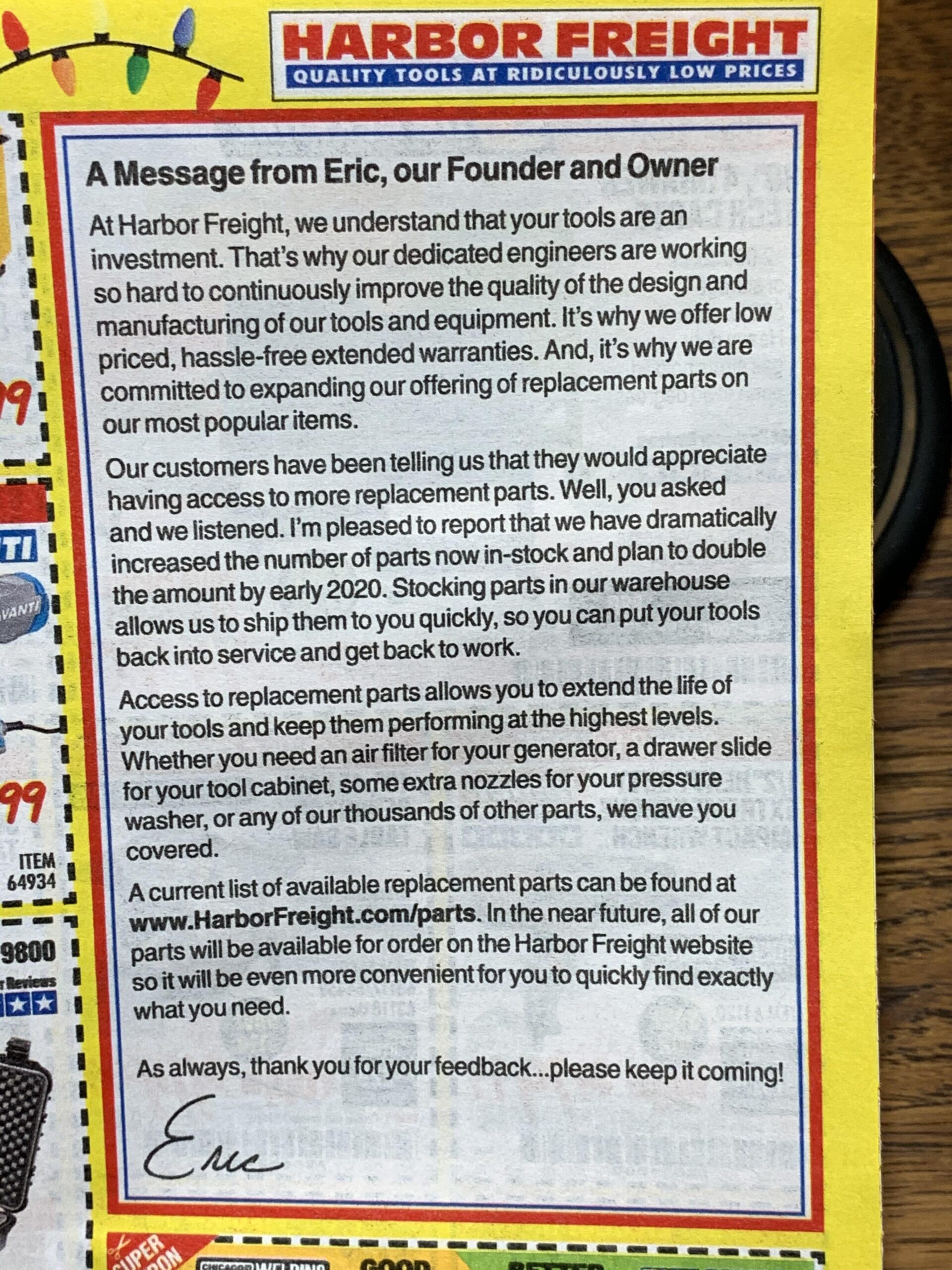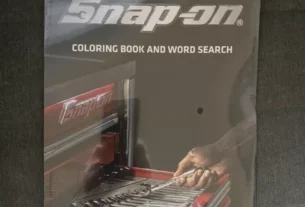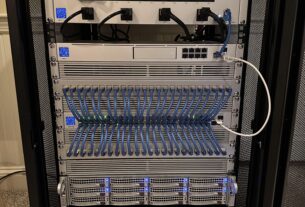If you are a professional mechanic or DIY enthusiast, you know the importance of having reliable pneumatic tools. These air-powered tools can help you get the job done quickly and efficiently. However, like any other tool, pneumatic tools can break down over time due to wear and tear. That’s where pneumatic tool repair comes in.
In this article, we will discuss everything you need to know about pneumatic tool repair. We will cover the common problems that your pneumatic tools may encounter, how to diagnose them, and the steps you can take to fix them. So let’s get started.
[h2]Common Problems with Pneumatic Tools[/h2]
Before we dive into the repair process, let’s first take a look at some of the most common problems that your pneumatic tools may face. Understanding these issues will help you diagnose the problem more easily and save you time during repairs.
1. Air leaks – One of the most common problems with pneumatic tools is air leaks. When there is a leak in the system, your tool won’t have enough pressure to function properly.
2. Low power – If your pneumatic tool isn’t providing enough power, it could be due to a clogged air filter or a malfunctioning valve.
3. Overheating – Overheating is another common problem with pneumatic tools, which can be caused by a lack of lubrication or too much friction.
4. Stuck trigger – A stuck trigger can be frustrating and prevent your tool from working properly. This issue could be caused by a worn-out trigger spring or dirt buildup in the mechanism.
[h2]Diagnosing Pneumatic Tool Problems[/h2]
Now that we’ve taken a look at some of the most common problems with pneumatic tools, let’s discuss how to diagnose these issues. Here are the steps you can take to diagnose your pneumatic tool problems:
1. Check for air leaks – Use soapy water or a leak detection spray to check for air leaks in the system. If you see bubbles forming, there is a leak that needs to be fixed.
2. Check the air filter – Make sure that the air filter is clean and not clogged. A dirty filter can reduce the power of your tool.
3. Lubricate the tool – Lack of lubrication can cause your tool to overheat. Make sure to lubricate your tool regularly to prevent this issue from occurring.
4. Clean the trigger mechanism – If your trigger is stuck, try cleaning it with compressed air or a cleaning solution.
[h2]Steps for Pneumatic Tool Repair[/h2]
Once you have diagnosed the problem with your pneumatic tool, it’s time to start repairs. Here are the steps you can take to fix your tool:
1. Replace damaged parts – If any parts are damaged or worn out, replace them with new ones. This may include O-rings, valve stems, or trigger springs.
2. Clean and lubricate – After replacing any damaged parts, clean and lubricate your tool thoroughly to ensure smooth operation.
3. Reassemble the tool – Once everything is cleaned and replaced, reassemble your tool carefully according to manufacturer instructions.
4. Test the tool – Finally, test your tool to make sure it’s functioning properly before using it again.
[h2]Conclusion[/h2]
In conclusion, pneumatic tool repair is an essential skill for anyone who uses these tools regularly. By diagnosing common problems and following the appropriate steps for repairs, you can keep your pneumatic tools in excellent working condition and avoid costly replacements.
If you’re unsure about how to repair your pneumatic tools or prefer not to do it yourself, many professional repair services are available in most areas. Just make sure to choose a reputable and experienced repair service.
For more information on pneumatic tool repair, visit the wiki page on Pneumatic Tools. You can also find helpful resources and advice from other authoritative websites such as Popular Mechanics or ToolGuyd.




